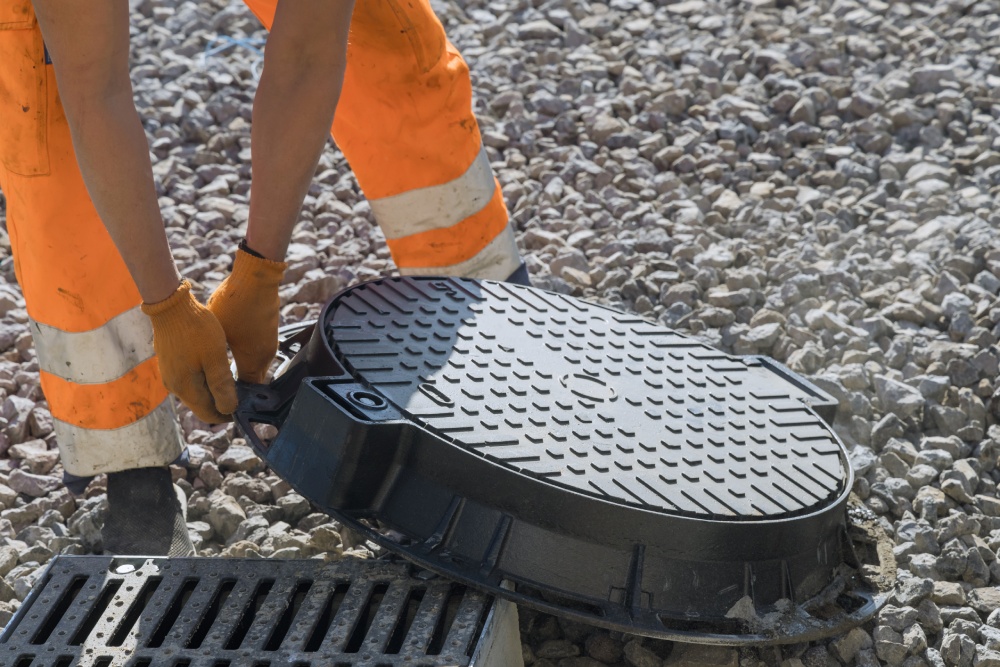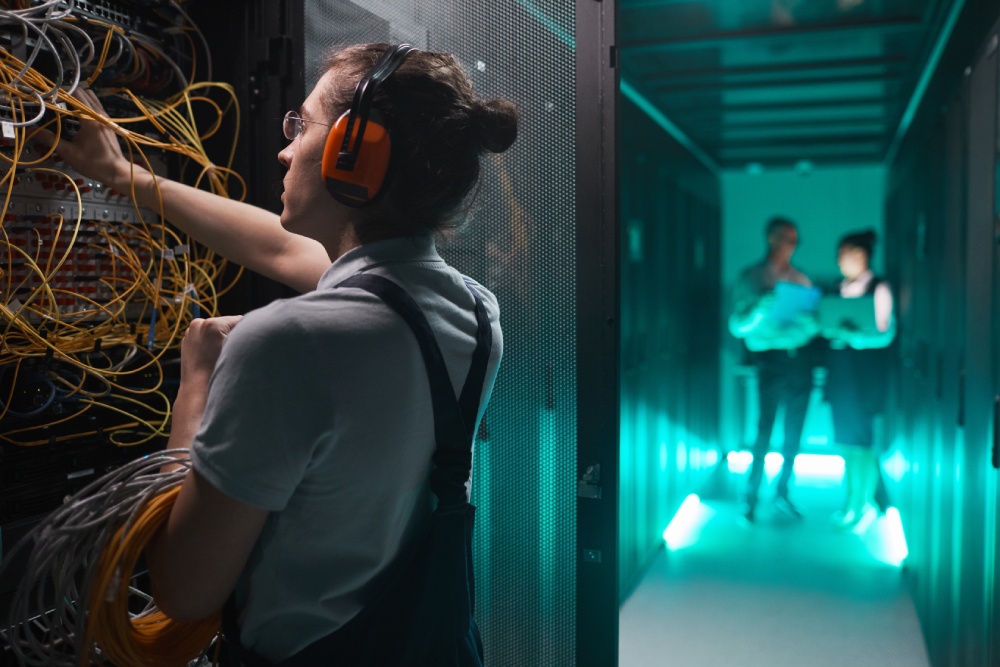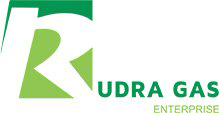Fiber Cable Network Project
Telecom is an indispensable part of our lives. This technological dependency also brings along with it, a gamut of processes before making the connectivity between peoples living at a distance, possible in a click. All the network connectivity; visible and invisible; are connected through cables and wires. To sum it up, we can say that the world is covered with a network of wires, which seems a lot simple when said so. The list of processes followed for the telecom industry at Rudra Gas Enterprise is as below:
Our Services

Liaison Of RoU & RoW Permission
RoU & RoW stands for Right to Use and Right to Work. These permissions are acquired from different regulatory authorities for Laying of the fiber optic cables as specified.
Our experience makes us an expert in liaison to achieve the required RoU & RoW. We undergo the end to end process of acquisition on behalf of the client as it involves communication and strategic interaction with different government authorities.
HDPE Duct Laying
HDPE Duct means High Density Polyethylene duct. These ducts have an interior of smooth wall with a slick finish which reduces coefficient of friction for easy blowing or pulling of cable.
After the relevant RoU’s are achieved the next critical process is HDPE duct laying which is used for laying of Optical Fibre Cables in trench. A detailed measurement of lengths of cable route along with the details of rail / road crossings, culverts, causeways etc. is recorded and probable location of joints; terminating and leading in is also decided and marked on the road map for laying of conduit.


Manhole Installations
Installing underground cables involves several steps including – conduit and manhole installation for cable pulling, and cable splicing. Manholes are required to place at strategic location along the cable route for ease of fiber pulling, blowing, splicing and maintenance activities. Once manholes are installed, they are backfilled, and the road surface is restored. Upon completion, only the manhole covers are visible.
Fibre Cable Blowing
Blowing is a process of pushing the cable through pre – prepared, pressurized, integral OFC ducts with the help of very heavy air pressure.
The main driving force in the technology is blowing of air at high pertaining pressure. The process of blowing a cable through a duct while simultaneously pushing the cable into the duct is called “Cable Jetting”. In this process compressed air is injected at the duct inlet and flows through the duct and along the cable at high speed. The friction of the cable against the duct is reduced by the distributed airflow, and large forces that would generate high friction are avoided. The air propelling forces are relatively small at the cable inlet and large at the air exhaust end of the duct. To compensate this, an additional pushing force is applied to the cable by the jetting equipment. Special lubricants are used for cable jetting to further reduce friction.


Splicing
Fiber Optic Splicing involves joining two fiber optic cables together. Fiber splicing typically results in lower light loss and back reflection than termination making it the preferred method when the cable runs are too long for a single length of fiber or when joining two different types of cable together.
Splicing is also used to restore fiber optic cables when a buried cable is accidentally severed. There are two methods of fiber optic splicing, Fusion Splicing &Mechanical Splicing.
Mechanical Splicing:
Mechanical splicing is alignment of devices, designed to hold the two fiber ends in a precisely aligned position thus enabling light to pass from one fiber into the other.
Mechanical splicing is alignment of devices, designed to hold the two fiber ends in a precisely aligned position thus enabling light to pass from one fiber into the other.
Fusion Splicing:
In fusion splicing a machine is used to precisely align the two fiber ends then the glass ends are “fused” or “welded” together using some type of heat or electric arc. This produces a continuous connection between the fibers enabling very low loss light transmission. We have an in-house expert team & machines for carrying out both types of splicing.
In fusion splicing a machine is used to precisely align the two fiber ends then the glass ends are “fused” or “welded” together using some type of heat or electric arc. This produces a continuous connection between the fibers enabling very low loss light transmission. We have an in-house expert team & machines for carrying out both types of splicing.
OTDR - Optical Time Domain Reflector
The Optical Time Domain Reflectometer (OTDR) is useful for testing the integrity of fiber optic cables. It can verify splice loss, measure length and find faults.
The OTDR is also commonly used to create a “picture” of fiber optic cable. The instrument is used to certify the performance of fiber optics links and detect problems with existing fiber links.
The OTDR helps us to locate a break or similar problem in a cable run, or to take a snapshot of fibers before turning an installation over to a customer. This is also helpful when fibers have been damaged or altered after installation, proving where responsibility for the damage lies.
Fiber optic acceptance testing ensures that any new cable matches the optical and physical requirements of the planned application. This testing is performed upon delivery of the cable, prior to its installation. We strictly follow the specifications in order for proper testing against them. The specifications include the cable’s length, its fiber count, the acceptable loss in dB per kilometer, the total loss, etc. The cable reel is carefully checked for physical signs of damage and evidence that indicates the cable has been subject to unacceptable amounts of stress before the execution begins.


LSPM
As fiber links support higher speed network bandwidths with stringent requirements, it has become more important to ensure that your backbone links meet tightening loss standards. Higher transmission speed demand cabling that delivers higher bandwidth support.
Our testing guide outlines cabling performance requirements for field testing, certification and troubleshooting techniques and instruments to ensure that the installed optical fiber cabling supports the required specifications.
LSPM, also known as Light Source & Power Meter is another testing procedure used to determine integrity of optical fiber cables. The industry standard requires testing with an LSPM and is used to determine the basic light loss. It is a double-ended test which produces an absolute loss measurement which is then compared with installation cabling standards and/or channel application standards.
Operation & Maintenance Of Fiber Network
Installation of the optical fiber cable is a collection of tasks in the network and telecommunication industry. But that’s not all. Our jobs as contractors go even further, showing how we play the lead role even beyond installation.
The next level of operations and maintenance of these fiber networks is equally important in providing a seamless connectivity to the end user. At an organizational level, we have mastered the art of maintaining any stretch of cable that goes underground or aerial. The operation and maintenance of the Optical Fiber Cables is based on minimum down time and maximum safety at site.
We are established enough to take the AMC business on the back of our skilled man power and credibility with our clients. Rudra Gas Enterprise provides both Preventive maintenance and Corrective maintenance services to clients for wired (Optical Fiber) and wireless lines.


Mobile / Wifi Tower Erection
Telecommunication is pivotal to a country’s socio – economic growth and is a strong contributor to the accelerated growth and progress of the different segments of the economy.
India’s vision of transforming lives by enabling communication has set a new paradigm for the networked economy.
A mobile / wifi tower that is visibly seen high above the ground form a very important part of the communication network. The erection and installation of towers includes different components of operational procedure and is not performed in isolation.
Rudra Gas Enterprise is an independently managed company offering passive infrastructure services to telecom operators and other wireless service providers. We provide complete turnkey solutions including engineering and construction services or combination of individual services related to construction and continuing maintenance of communication towers. From Project Consulting to implementation, installation and testing through maintenance and support after making the tower LIVE for operation, we provide proven expertise and technological foresight on which long term client partnership is built.




